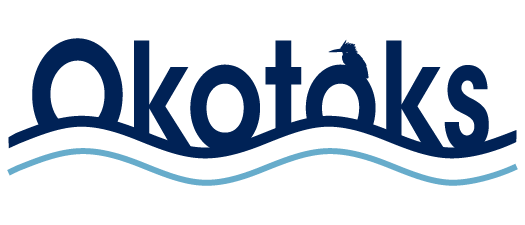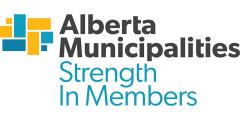Step 1: Make sure your property is eligible.
Residential properties that are one of the following:
- single or semi-detached house;
- row house;
- townhome; or
- the residential portion of a mixed-use building or a multi-unit residential building, provided that such buildings are both under three stories and have a footprint of 600 meters squared (6,458 feet squared) or less.
Step 2: Make sure all owners of the property are aware of the intention to apply for the program.
All property owners listed on title for the home will be required to sign the program forms and agreements when you apply.
Step 3: Make sure you meet the financial and property tax requirements.
- You are not in tax arrears, now or in the last five years.
- You do not have late tax payments on your home, now or in the past five years.
- Your home is not in foreclosure.
- You are not in bankruptcy or receivership.
- You are in good standing with respect to payment of all property-secured debt for the property (e.g., mortgage).
Step 4: Review mortgage agreements, insurance policies, and building policies applicable to your property.
- Check in with your mortgage lender; some lenders require that they provide consent for participation in this type of program. Failure to obtain consent (if required) could result in a breach of a mortgage obligation.
- Your property’s insurance policy must include coverage for the full value of the property and a minimum of $1.0 million in personal liability insurance.
- If your property is within a building that includes shared facilities or common property (e.g., condominium) and your project will impact shared facilities/property, you need to include an approval letter from your condominium board or building owner with your application.
Step 5: Gather information about your property.
- Review your most recent property assessment notice or property tax bill to identify your property description and roll number.
- Review the pre-qualification form and prepare the information required for each field.
Step 6: Review the eligible improvements and eligibility requirements for the program at ceip.abmunis.ca/residentialupgrades
Eligible residential upgrade categories include the following:
- Renewable energy, solar PV and thermal
- Heating, ventilation and air conditioning
- Doors, windows, insulation and air sealing
- Lighting fixtures
- Water heating
IMPORTANT: Projects that begin prior to application approval will not be eligible for financing. An application will need to be submitted and approved and a Clean Energy Improvement Agreement entered into prior to any work being started on the project.
Apply Now



